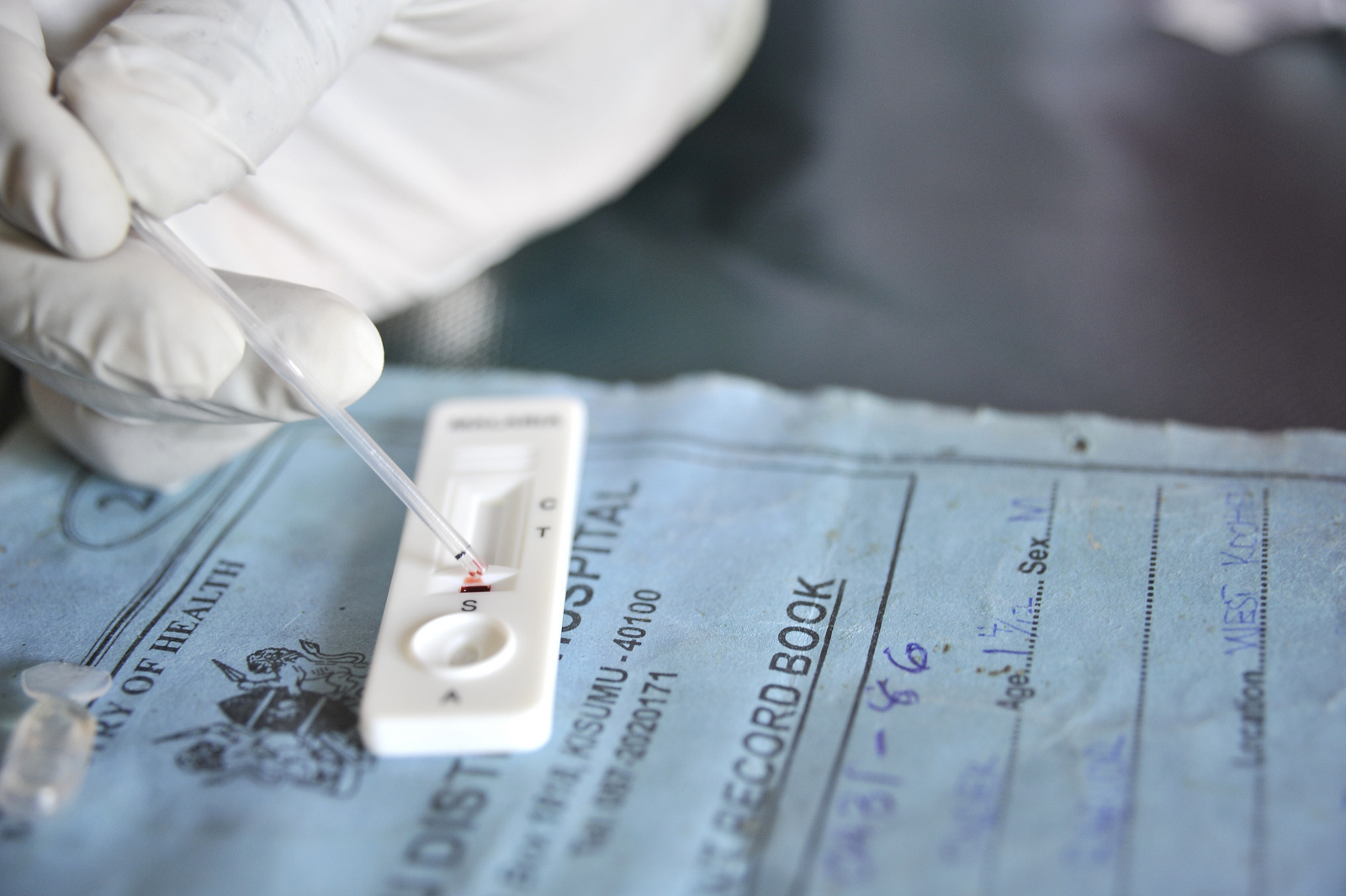News & Updates
For a malaria-free world
26 April 2016

In May 2015, the World Health Organization has adopted the Global Technical Strategy for Malaria 2016-2030 - for a malaria-free world, which offers a comprehensive framework to guide countries in their efforts to reduce malaria and mortality rates at least 90% by 2030. Innovative solutions and comprehensive coverage of all core malaria interventions solutions are required, emphasising need for high-quality surveillance data for decision-making. Annual funding for malaria will need to triple over the next 15-year period, from US$ 2.5 billion (current level of spending) to US$ 8.7 billion by 2030 to achieve these targets.
Europe was the first region declared malaria free just a few days ahead of World Malaria Day 2016, commemorated today on 25th April. From 90712 in 1995 to zero cases in 2015, European Region achieved its target to eliminate malaria, thus contributing to the global goal to “End malaria for good”.
Malaria causes more than 438,000 deaths globally, putting at risk over 3.2 billion people, which is equivalent to almost half of the world’s population.
“This is a major milestone in Europe’s public health history and in the efforts to eliminate malaria globally. I applaud this achievement as the result of strong political commitment from European leaders with WHO support”, says Dr Zsuzsanna Jakab, WHO Regional Director for Europe. “This is not only the time to celebrate our success but is also the opportunity to firmly maintain the malaria-free status we have laboriously attained. Until malaria is eradicated globally, people travelling to and from malaria-endemic countries can import the disease to Europe, and we have to keep up the good work to prevent its reintroduction”.
The disease is caused by parasites that are transmitted to people through the bites of infected femaleAnopheles mosquitoes. According to the WHO World Malaria Reporrt 2015, there were 214 million new cases of malaria worldwide in 2015. Between 2000 and 2015, the rate of new cases fell by 37% globally and malaria death rates among populations at risk fell by 60% globally.
Africa accounted for most global cases of malaria (88%), followed by South-East Asia (10%) and the Eastern Mediterranean (2%). In South-East Asia there are 1.3 billion people at risk of malaria, with about 231 million at high risk. Funding for malaria control in the region more than doubled to reach US$ 262 million (2005-2010), but then fell to US$ 187 million in 2014.
While the aim of the World Malaria Day is to raise awareness about the disease and stimulate actions necessary for its prevention, AIDF Asia Summit (21-22 June 2016, UNCC, Bankgok) presents a very timely gathering of senior health experts from civil society, UN agencies, governments, investors, research institutes and the private sector partners to address health resilience in South East Asia and discuss actions necessary for malaria prevention and latest solutions/vaccinations for disease control in the region.
Confirmed speakers on health issues at AIDF Africa Summit 2016 include:
- Dr Anurak Amornpetchsathaporn, Director of Bureau of Public Health Emergency Response, Office of the Permanent Secretary, Ministry of Public Health, Thailand
- Dr Nyunt Naing Thein, Chief of Party, Thailand, International Rescue Committee
- Sebastien Latouille, Delegate for Asia-Pacific, Telecoms Sans Frontieres
- Anna Hrybyk, Program Manager, Catholic Relief Services
- Dr Kulwant Singh, Chief Technical Advisor, UN-HABITAT
- Martina Aureli, Business Development Executive, NRS International
To see full list of speakers, please click here
AIDF would like to thank its partners, who will participate at the upcoming summit - B Medical Systems, NRS International, RMA, Shobikaa Duranet, Portsmouth Aviation Ltd, Johnson & Johnson, SATMED. To find out more about our partners, or how you can get involved, click here